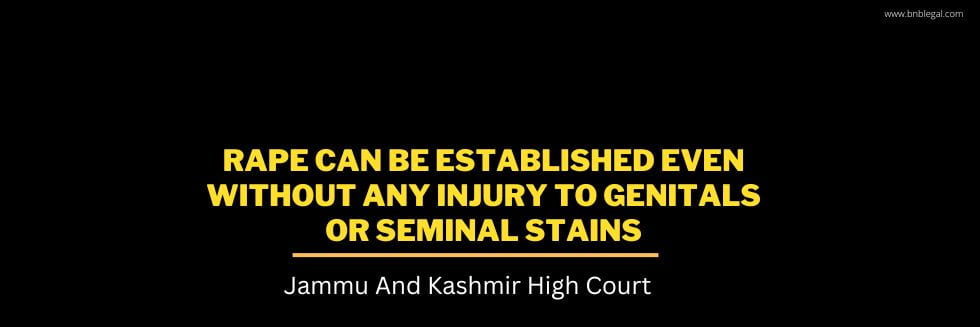Supreme Court on Friday has warned the Yogi Aditynath-led Uttar Pradesh government to withdraw proceedings and notices that were issued against alleged anti-CAA protesters to recover the losses caused due to property damage during the agitations in 2019.
The two-judge bench comprising Justice DY Chandrachud and Justice Surya Kant noted that action of the state was in contravention of the Supreme Court judgments in Kodungallur Film Society (2018) and in the matter of Destruction of Public and Private Properties (2009) where, in the absence of legislation, guidelines were stipulated to assess damages and award compensation wherever mass destruction to the property takes place due to protests.
The bench has given a last chance and warning to withdraw the notices till February 18.
“You have to follow the due process under the law. Please examine this, we are giving one opportunity till February 18,” the bench said.
In March 2021, UP Assembly passed Uttar Pradesh Recovery of Damages to Public and Private Property Bill, 2021. Under that Bill, the alleged anti-CAA protesters were held guilty of damaging government or private properties (by Claims Tribunals headed by retired district judges) will face imprisonment of one year or a fine ranging from Rs 5,000 to Rs 1 lakh.
In its earlier order, the apex court had noted that notices can no longer be acted upon in view of the new legislative regime on the subject.
Advocate Garima Prashad, appearing for the UP government, informed the court that a total of 102 FIRs were registered against 833 rioters and 274 notices were issued. Out of those 274 notices, 38 cases were closed.
Garima also informed that the orders were passed by an Additional District Magistrates.
“The Supreme Court has passed two judgements in 2009 and 2018, which said that judicial officers should be appointed in claim tribunals but instead you appointed Additional District Magistrates (ADM),” the bench said.
The bench added, “All the actions that you took before the Act were in violation of the Supreme Court judgments, and hence, against the law. We are not concerned with other proceedings. We are concerned with only the notices which have been sent in December 2019, during the CAA protests. You cannot bypass our orders. How can you appoint ADMs, when we had said it should be by judicial officers. Whatever proceedings were conducted in December 2019, was contrary to the law laid down by this court.”
The bench added, “Once we said that it has to be a judicial officer (in Claims Tribunals, to assess the damages on account of destruction due to protest), how could you have appointed ADMs to adjudicate? The guidelines of the court were very, very clear that you will adjudicate on the basis of the machinery stipulated! and these were Article 142 directions which were issued!”
“Madam Prashad, this is just a suggestion. This plea concerns only a set of notices sent in December 2019, in relation to one kind of agitation or protest. You can withdraw them with a stroke of a pen. 236 notices in a big state like UP is not a big thing. If you are not going to listen, then be ready to face the consequences. We will tell you how the Supreme Court judgements need to be followed,” the bench said.
Justice Chandrachud also stated that the Uttar Pradesh government has acted like a complainant, adjudicator, and prosecutor in conducting the proceedings to attach the properties of all the accused.
“Withdraw the proceedings or we will quash it for being in violation of the law laid down by this court,” the bench said.
The bench was hearing a petition filed by Parwaiz Arif Titu who was seeking directions to quash all the proceedings and recovery notices sent to alleged protesters by the district administration for recovering the losses incurred due to property damage during anti-CAA protests.
The petitioner also mentioned that the notices were sent in an arbitrary manner. He also cited instances where recovery notices have been sent to a man who died six years ago at the age of 94 and two men who are above the age of 90.






